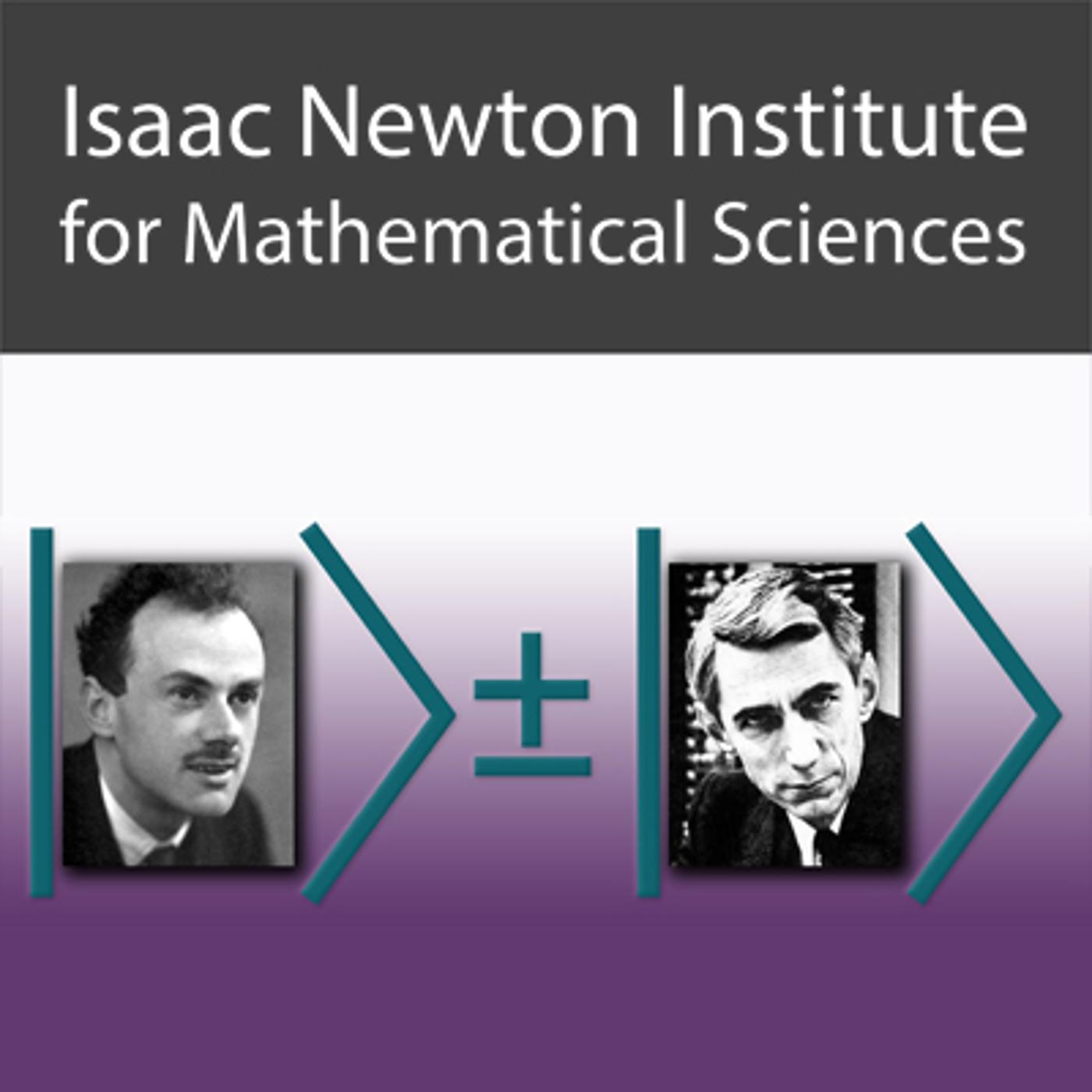Probing Quantum Speedup in D-Wave Two
Update: 2013-12-10
Description
Co-authors: Sergio Boixo (Google Inc.), Sergei V. Isakov (Google Inc.), Zhihui Wang (ISI, University of California), Joshua Job (ISI, University of California), Daniel Lidar (ISI, University of California), John Martinis (Department of Physics, University of California), Matthias Troyer (ETH Zurich)
We are at a point where the first quantum devices are becoming available both in laboratories and commercially. While universal quantum computing still its infancy, analogue devices, such cold atoms experiments and quantum annealers, constitute the first step towards using quantum hardware for solving computational problems. In this talk, we show that D-Wave devices closely follows the statistics of simulated quantum annealing, whereas it is clearly different from semi-classical spin dynamics and classical thermal annealing. The theoretical study by Santoro [Science, Santoro et al., 295 (5564), 2427], where it was shown that quantum annealing outperforms classical thermal annealing, suggests that the D-Wave machines could have advantages over to classical hardware. We discuss how one probe for such advantages correctly, and we present preliminary results on the computational capabilities of the D-Wave devices.
We are at a point where the first quantum devices are becoming available both in laboratories and commercially. While universal quantum computing still its infancy, analogue devices, such cold atoms experiments and quantum annealers, constitute the first step towards using quantum hardware for solving computational problems. In this talk, we show that D-Wave devices closely follows the statistics of simulated quantum annealing, whereas it is clearly different from semi-classical spin dynamics and classical thermal annealing. The theoretical study by Santoro [Science, Santoro et al., 295 (5564), 2427], where it was shown that quantum annealing outperforms classical thermal annealing, suggests that the D-Wave machines could have advantages over to classical hardware. We discuss how one probe for such advantages correctly, and we present preliminary results on the computational capabilities of the D-Wave devices.
Comments
In Channel





